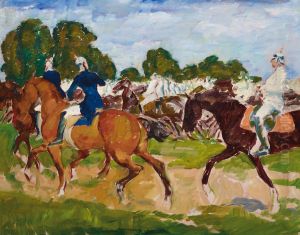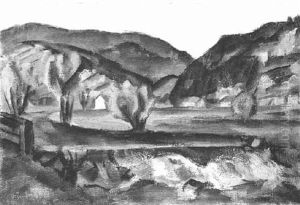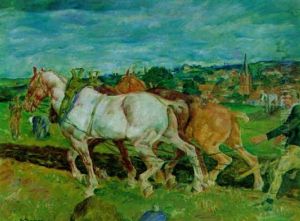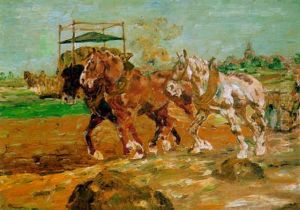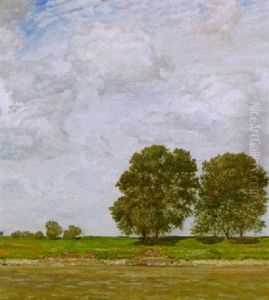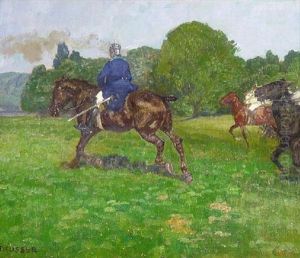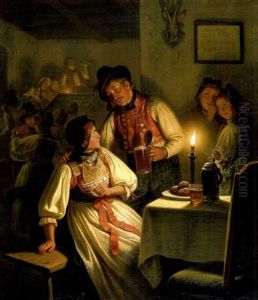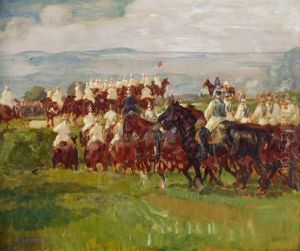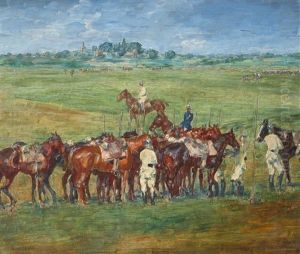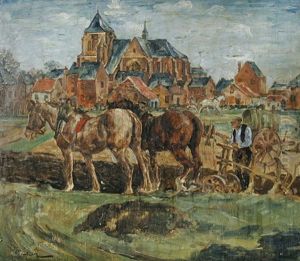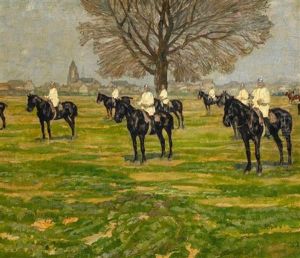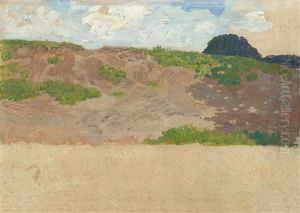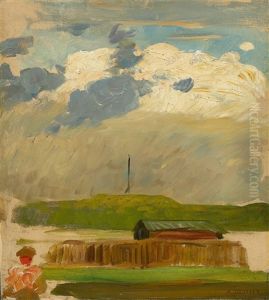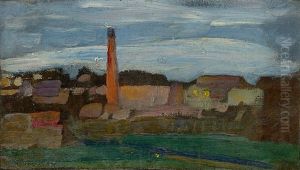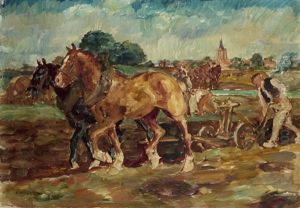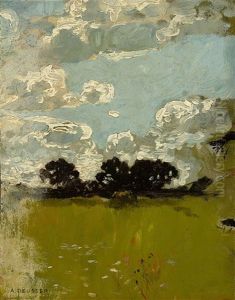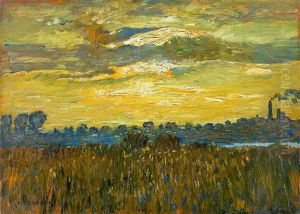August Deusser Paintings
August Deusser was a German painter born on April 1, 1870, in Bergisch Gladbach, a city situated in the Rhine Province of Prussia. He is known for his contributions to German Impressionism and his role in the Düsseldorf school of painting, a group that played a crucial role in the development of modern art in Germany during the late 19th and early 20th centuries. Deusser's work is characterized by its exploration of light and shadow, a vibrant palette, and a keen interest in capturing the nuances of the natural world and everyday life.
Deusser received his artistic training at the prestigious Kunstakademie Düsseldorf, where he was influenced by key figures in German art, including Eduard von Gebhardt and Peter Janssen. His early work was marked by a keen interest in genre scenes and landscapes, often portraying the rural life of his native Rhineland with a sensitivity to the changing effects of light and atmosphere. As his style evolved, Deusser increasingly embraced the Impressionist technique, applying it to both his landscapes and urban scenes. His paintings from this period are noted for their dynamic brushwork and the use of color to capture fleeting moments of beauty.
Beyond his painting, Deusser was actively involved in the artistic community, participating in numerous exhibitions and becoming a member of various art associations. His work was widely exhibited in Germany and abroad, earning him recognition and awards. Despite the changing artistic trends over the years, Deusser remained committed to his Impressionist roots, continually refining his approach to painting.
The political and social upheavals of the early 20th century, including World War I and the rise of the Nazi regime, had a profound impact on Deusser and his work. The latter part of his career was marked by a return to more traditional subjects and a somewhat more subdued palette, reflecting the artist's personal response to the turbulent times.
August Deusser passed away on December 10, 1942, in Düsseldorf, leaving behind a legacy that captures the spirit of German Impressionism. His work continues to be celebrated for its contribution to the rich tapestry of German art history, offering insight into the cultural and historical context of his time.
